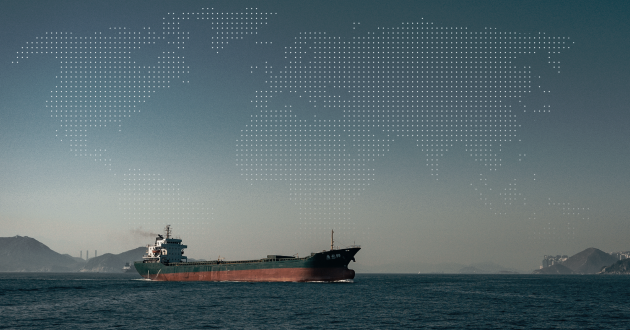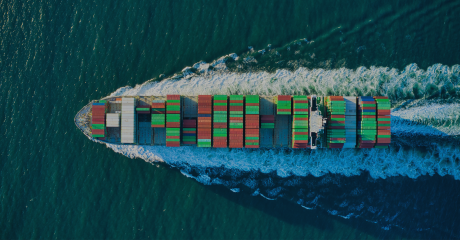What is supply chain mapping?
Supply chain mapping is the process of creating a comprehensive overview of the companies and individuals in a business entity’s supplier network for the purpose of driving supply chain resilience. Supply chain maps can be visualizations, long-form documentation, or both and often include supplementary shipping data.
Global supply chain disruptions following the COVID-19 pandemic, along with increasingly stringent import regulations like the UFLPA and other global mandates, have heightened the importance of supply chain mapping for importers.
<< Sayari unearths high-risk timber in global supply chains >>
Why is supply chain mapping important?
Supply chain mapping not only plays a vital role in ensuring smooth, uninterrupted operations, but also in ensuring regulatory compliance and reputational risk mitigation. Its benefits include:
- Deeper insight into risks and vulnerabilities. By illustrating where products and their components come from, supply chain maps help sourcing and procurement teams identify both existing risks and potential points of failure in their procurement processes. This kind of supply chain due diligence allows companies to prepare contingency plans in the event an input is compromised or a supplier fails to meet regulatory standards.
- More efficient and effective regulatory compliance. Knowing where, how and from whom products are sourced is critical to complying with import regulations. Supply chain data helps companies prevent import violations by surfacing high-risk suppliers and jurisdictions. It also helps importers in their communication with regulators by ensuring supply chains are thoroughly documented.
- Improved supplier relationships. Working with direct suppliers to develop supply chain maps that include their sub-tier suppliers fosters a culture of transparency, thereby strengthening the business relationship. It also helps protect both parties from sub-tier supplier risk.
- Protecting brand reputation. A well-managed supply chain helps a company eliminate sources of risk before they have the opportunity to negatively impact the reputation of that company. They can even empower companies to go above and beyond compliance requirements to meet additional environmental, social, and governance (ESG) or mission-oriented standards.
<< Learn how to identify forced labor risk in your supply chains >>
How can I efficiently map my supply chains?
Prevailing supply chain mapping technology relies on a questionnaire based approach that is time consuming and resource intensive – and it doesn’t necessarily yield an accurate or comprehensive picture of a company’s upstream supply chain.
Alternatively, Sayari’s approach allows supply chain risk management teams to discover sub-tier suppliers and visualize upstream relationships in seconds. It delivers bulk supplier screening, advanced risk analysis, and real-time monitoring to empower teams to quickly and confidently drive resilience across their supply chain. Users can:
- Automate discovery of sub-tier suppliers based on networked import-export data from 65+ reporting countries
- Visualize upstream supplier networks instantly with automated and intuitive network visualizations
- Target supplier networks by product with filters to show only the most relevant upstream relationships
Want to try out Sayari Graph first hand to support your supply chain mapping efforts? Book a personalized demo to begin today.



